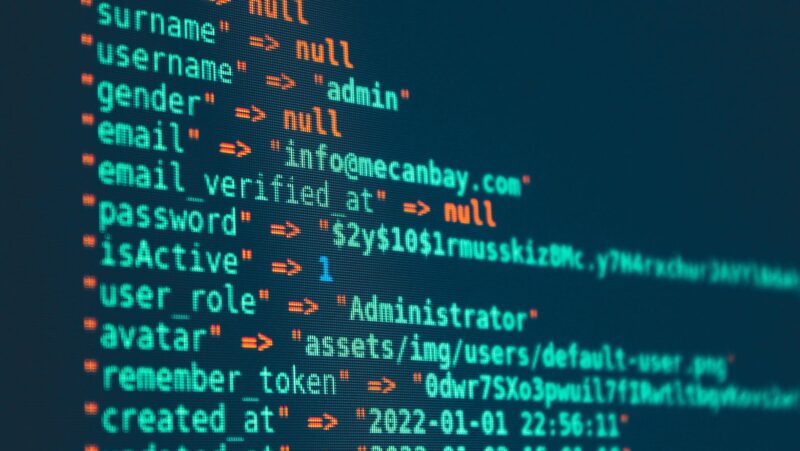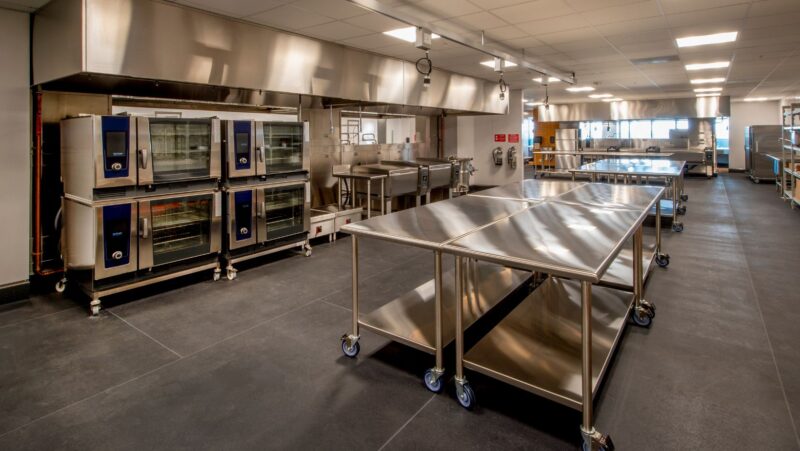
The escalating demand for smart home technology fuels an increasing adoption of multifamily dwellings – including condominiums, apartment complexes, and rental properties – towards integrating intelligent heating solutions. The objectives behind this transition are manifold: enhanced comfort levels; superior energy efficiency; and streamlined operational management. In our discourse here, we delve into the advantages posed by implementing such a system in multifamily settings, along with its potential challenges and crucial factors to consider.
Streamlining Heating Management
Property managers and landlords often face the complexity of managing heating systems in multifamily dwellings. Tenants, common areas, and distinct units exhibit varying heating needs. However, smart heating technology presents a solution through centralized control systems: this offers property managers–and by extension their tenants–unparalleled convenience and efficiency in managing heat. Equipped with smart thermostats and heating controls; property managers have the capacity to monitor-remotely–and adjust as necessary–the building’s temperature settings: not only does this optimize energy usage but it also guarantees comfort throughout all areas of the structure – an invaluable advantage for inhabitants indeed!
Tailored Comfort and Energy Savings
Smart heating technology in multifamily dwellings offers a pivotal advantage: it can provide tailored comfort and energy savings for individual units and tenants. Through the utilization of smart thermostats–residents customize temperature settings based on their preferences, as well as schedules; this not only optimizes comfort but also minimizes energy consumption. Occupancy sensing features, along with adaptive learning algorithms–they adjust heating settings based on occupancy patterns and usage habits–further enhance the system’s efficiency to an extraordinary degree.
Cost-Effective Heating Control
Smart heating technology empowers property managers of multifamily dwellings with cost-effective control over their heating systems; this capability optimizes energy usage and curtails utility expenses. Through the lens of remote monitoring— a process that scrutinizes energy consumption—it becomes possible not only to identify inefficiencies but also to implement strategies for conserving power: an approach that yields substantial cost savings in due course. Moreover, features embedded within this innovative solution—including demand response and load balancing—facilitate effective management of peak energy demands while concurrently slashing utility bills for the entire structure.
Enhancing Tenant Experience
Smart heating technology implementation enhances the tenant experience in multifamily dwellings: it offers superior comfort, convenience, and control over heating systems. Through intuitive mobile apps and user-friendly interfaces, tenants can adjust temperature settings; set schedules–monitor energy usage.

This personalized control not only allows for individual preferences but also provides real-time data access; this empowers tenants to optimize comfort while reducing energy waste – a crucial aspect of enhancing overall satisfaction with their living environment at graduate-level punctuation.
Simplified Maintenance and Monitoring
Smart heating systems streamline maintenance and monitoring tasks for graduate-level property managers; further–they simplify such responsibilities for multifamily dwelling maintenance staff. Through the application of remote diagnostics and proactive alerts, potential issues like equipment malfunctions or temperature fluctuations are swiftly communicated to property managers: this enables timely intervention along with preventive maintenance. Through proactive engagement with maintenance concerns, not only can downtime be minimized but also equipment lifespan extended; most importantly perhaps is the guarantee of uninterrupted heating service—a critical factor—for residents.
Data-Driven Insights and Analytics
Valuable, data-driven insights and analytics: these are the tools that smart heating technology equips property managers with to optimize heating performance and enhance energy efficiency in multifamily dwellings. Through advanced analytics tools–which scrutinize patterns of energy usage, identify trends, and produce actionable recommendations for improved system operation–we provide a solution, one that leverages precise information to not only make informed decisions but also implement targeted measures for saving power.

We don’t stop there – tracking progress towards sustainability goals is just as crucial; fortunately our methodology facilitates this too.
Regulatory Compliance and Sustainability
Smart heating technology promotes energy efficiency and environmental responsibility in multifamily dwellings, thereby aiding the achievement of regulatory compliance and sustainability goals. Numerous jurisdictions have enacted stringent building codes and energy efficiency standards; these necessitate that multi-family homes meet specific heating performance criteria. By facilitating energy monitoring, reporting, and optimization strategies—aligning with both regulatory requirements as well as sustainability initiatives—smart heating solutions pave a clear pathway to compliance.
Overcoming Implementation Challenges
Smart heating technology in multifamily dwellings offers compelling benefits; yet, implementation may pose challenges–infrastructure compatibility, installation costs and tenant adoption. To ensure the successful integration of smart heating solutions: property managers must meticulously evaluate factors including system compatibility, network connectivity and tenant education or engagement.
Conclusion
Smart heating technology conclusively provides a multitude of advantages to multifamily dwellings: streamlined heating management; customized comfort; cost-effective energy control – all bolstering the tenant experience. Not only does it simplify maintenance, but it also enhances regulatory compliance through data-driven insights and sustainability measures. Property managers and landlords, therefore, by adopting these innovative solutions can augment operational efficiency over the long term while creating more efficient–even comfortable–living environments for their residents: an optimal balance between eco-friendliness and savings.










